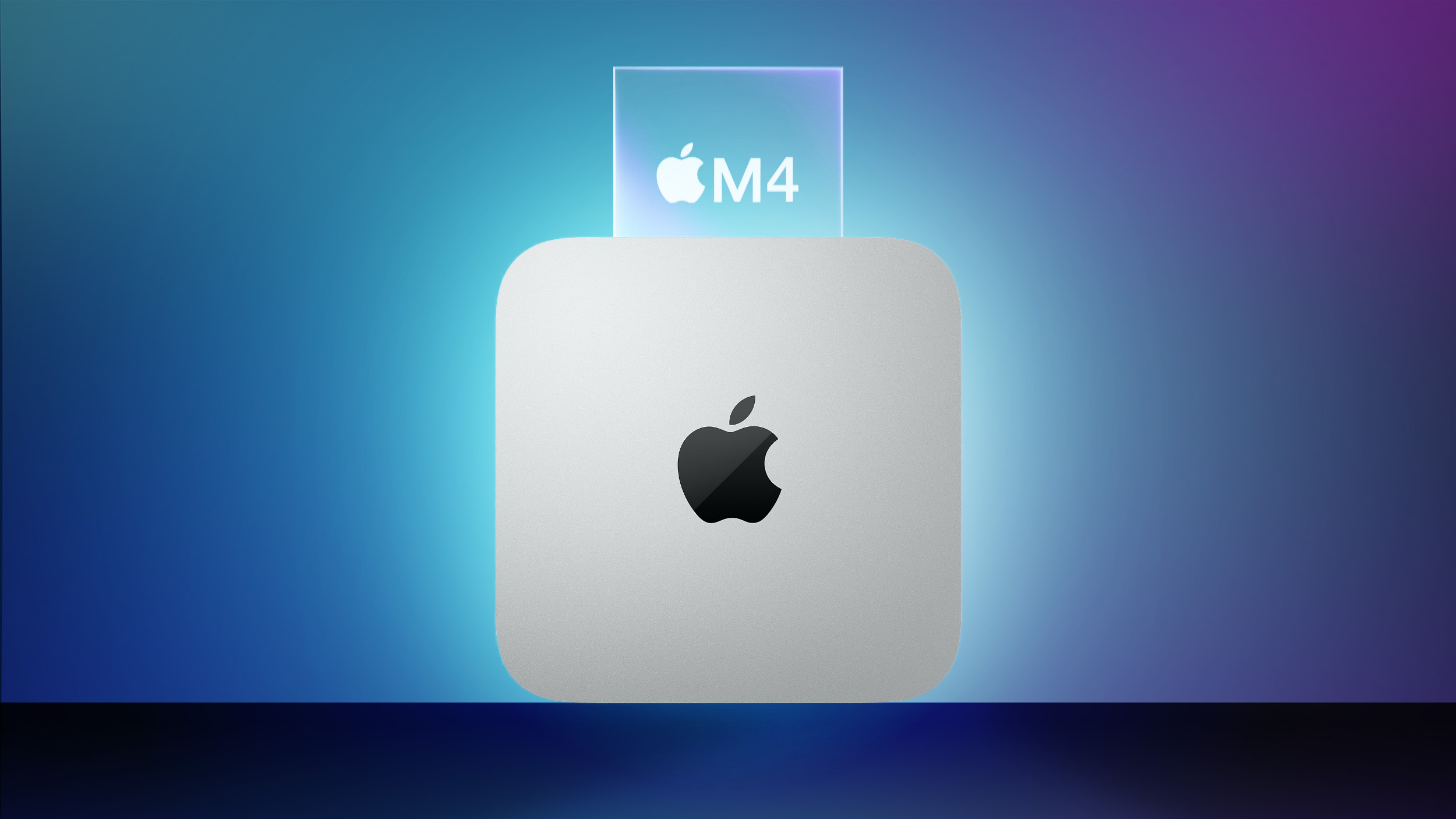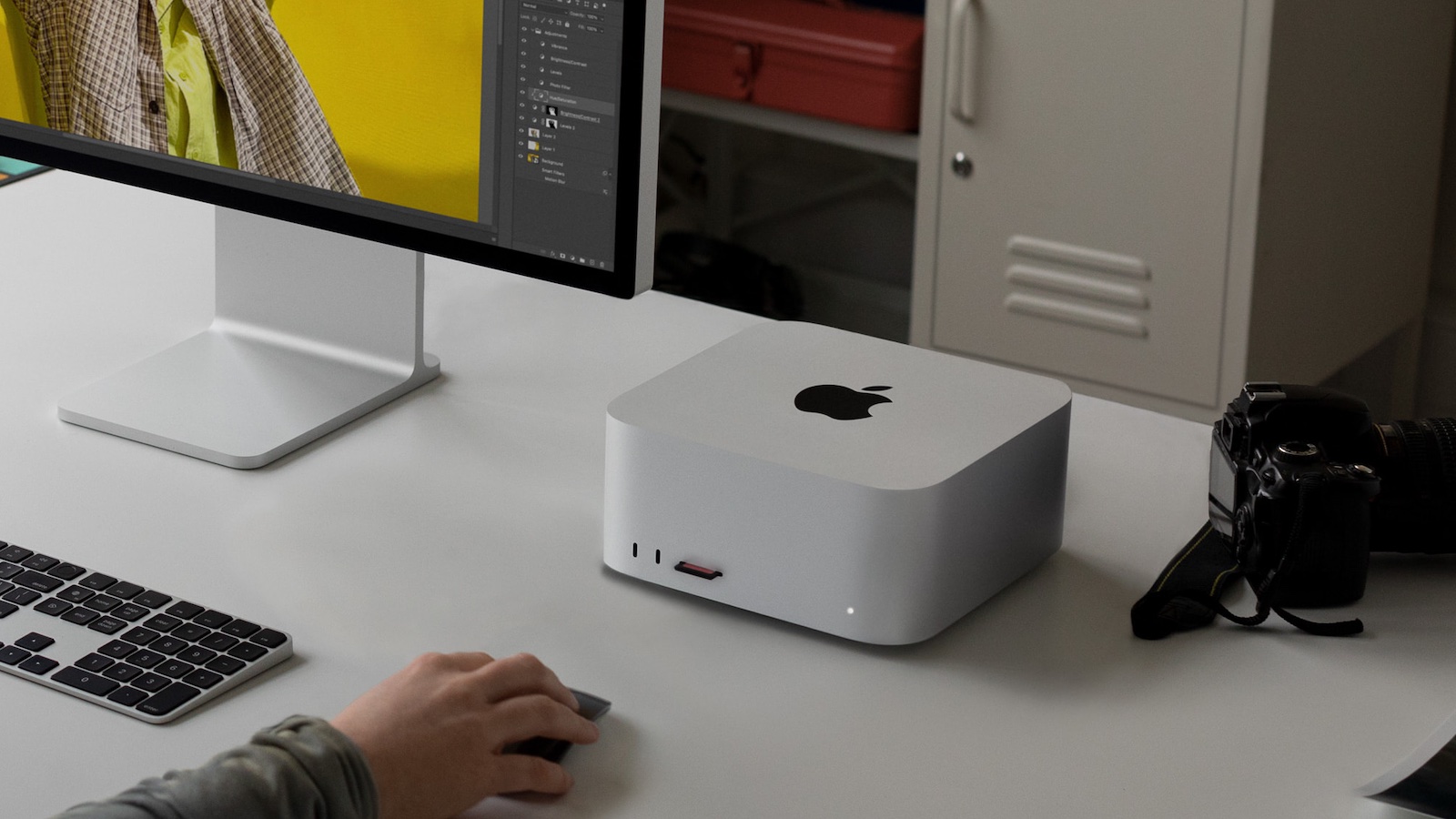Regarding the bolded part, I think it's unlikely. I could be wrong but the M3 Max die size is 600 - 700mm². TSMC's reticle limit is 800mm². In other words, you can't make an Ultra that is twice the size of M3 Max on a single die.
I agree that the lack of M3 UltraFusion is most likely because we're not getting an M3 Ultra and for the below I based my calculations off a similar die size. Given that the reticle limit is about 840mm2 I think and the M3 Max is somewhere a little smaller than 550mm2, let's say 500mm2 (very hard to know, looks similar on 3rd party die shots to the M2 Max), you'd have to shrink the monolithic Ultra by about 75% - more than the reticle limit requires just to even make it economical to produce never mind possible. Too close to the reticle limit and the chip is simply too expensive for an Ultra Studio never mind two for an Extreme. In a different forum as a thought experiment just for fun, I did posit such a chip:It was surprisingly hard to get a definitive size for the M2 Max die size. I guess Apple stopped giving official size info after the M1 family The best I could do was this article Why Intel and AMD don't make chips like the M2 Max and M2 Ultra:
"At an estimated die size of 550mm2 (assuming Apple's side-by-side comparison above is to scale as no actual measurements seem to exist), the M2 Max is super big, and the M2 Ultra is the largest consumer chip ever made at over 1,000mm2"
I believe the answer to how could Apple make such a huge chip is the "Ultra Fusion Connector" on the M1 and M2 chips. It connects two separate chips together (the manufacturing/installation must be mind-bogglingly precise) to create what is in effect a single larger chip.
Part of the "evidence" for the idea that the M3 Ultra would be a single die was the absence of a Fusion Connector on the M3 Max die. Perhaps Apple, already knowing that they would not be producing an M3 Max, just eliminated the connector on the M3 Max leaving the possibility that it could return on the M4 Max allowing for the creation of an M4 Ultra out of two M4 Max chips.
CPU: Max: 12 P-cores / 4 E-cores -> Ultra: 18 P-cores / 4 E-cores -> Extreme: 36 P-cores / 8 E-cores
GPU: Max: 40 cores -> Ultra 60 cores -> Extreme 120 cores
NPU is relatively small and you could fit 2 (or more if you want to emphasize it in the desktop) in the Ultra as it has currently
Given the apparent affect of the interconnect on GPU performance (unclear if it so) you might not actually lose much GPU performance (could be as high as 15% lost due to interconnect) for the monolithic design and boosting clocks to compensate would result in great power but it's a desktop and would be doable. Compensating for CPU performance completely with boosted clocks however might get power (and noise) to unacceptable levels even for a desktop (though you could still boost clocks a little). That said, you'd still have a lot of CPU throughput with the possibility for more with an Extreme chip.
One advantage is that the Max chip could be a little smaller, doesn't need as much IO, while IO could increase on the monolithic Ultra.
Pricing would be interesting. I could see such a chip resulting in savings to being more expensive depending exactly how much is cut and yields. TSMC is not exactly forthcoming about what they charge but we do know chips produced near the reticle limit are quite expensive on average so getting the die size down would be critical. Die shrinks from new nodes would useful, though that adds expense too and SRAM cache and IO is sadly more resistant to shrinks. But if the former, i.e. savings, such an Ultra might even be a better deal.
Anyway, again, that was just for fun. Not an actual prediction.
Last edited:



